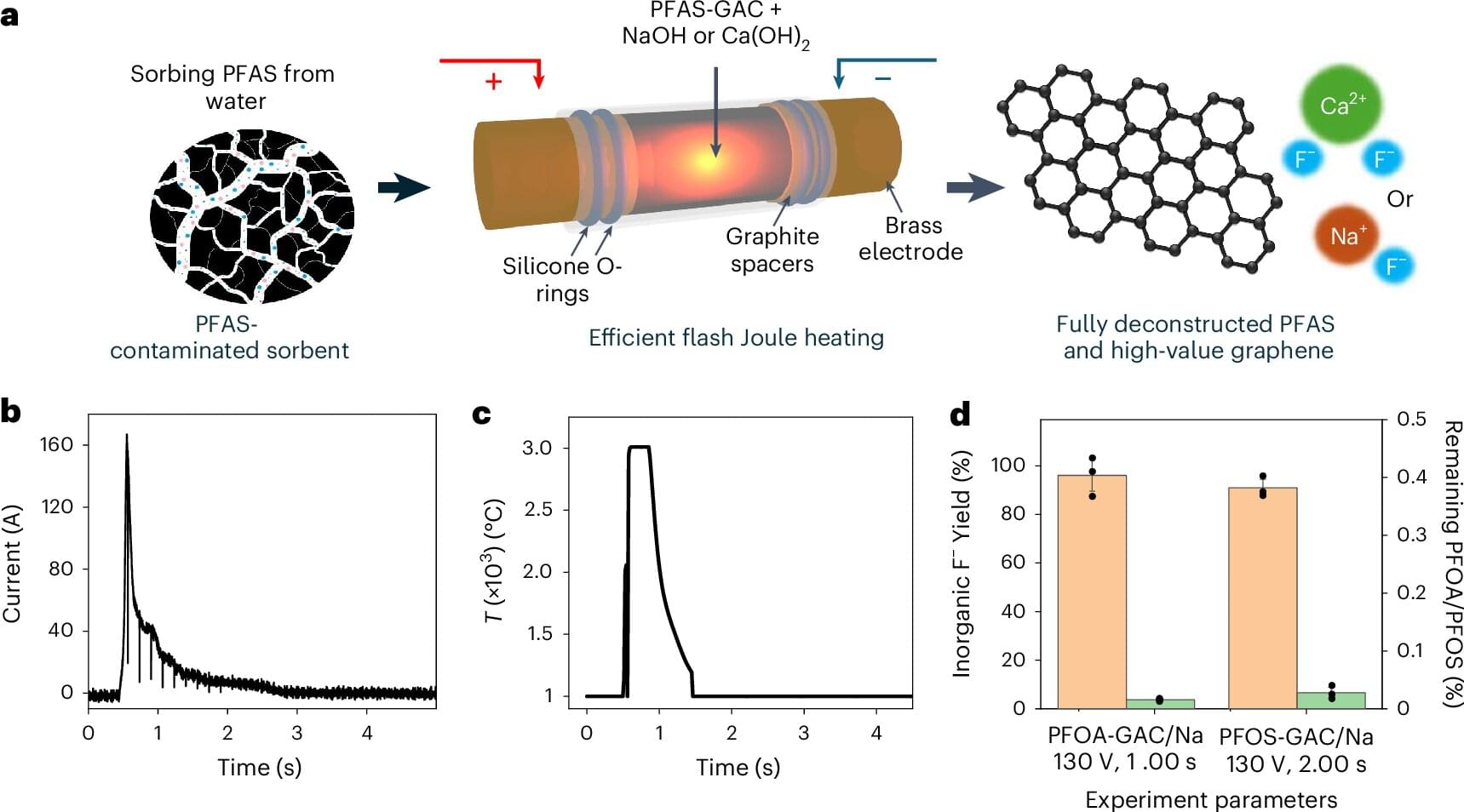A Science Advances study proposes cells may process information using quantum mechanisms far faster than classical biochemical signaling.
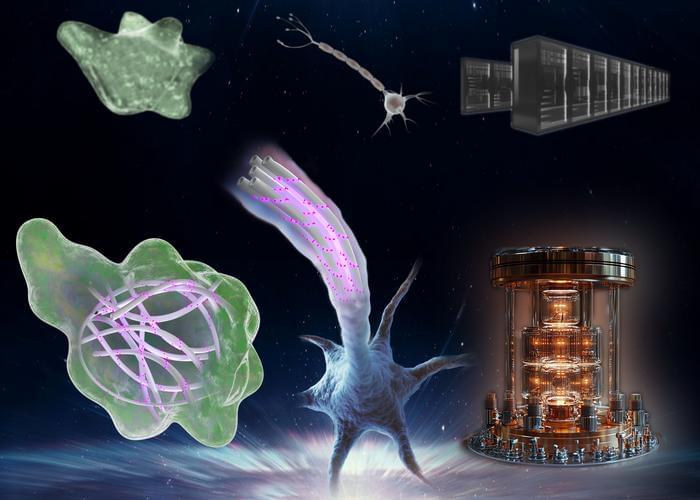

At times, the reactions do not produce the intended results, and this is where simulations are used to understand what might have caused the anomalous behavior. Chemistry students are often tasked with running these simulations to learn to think critically and make sense of discoveries.
As the complexity of the process increases, more advanced computing infrastructure is required to carry out these simulations. To understand these reactions at a quantum level, theoretical chemists even use specialized software packages to streamline their research and automate the simulation process. AutoSolvateWeb is just a chatbot but can help even non-experts achieve this level of competence.
AutoSolvateWeb helps compute the dissolving of a chemical, referred to as a solute, into a substance called a solvent. The resultant solution is called the solvate, hence the name. While theoretical chemists use computation software to convert this into simulations that look much like 3D movies, AutoSolvateWeb can achieve the same output through a chatbot-like interface with the user.
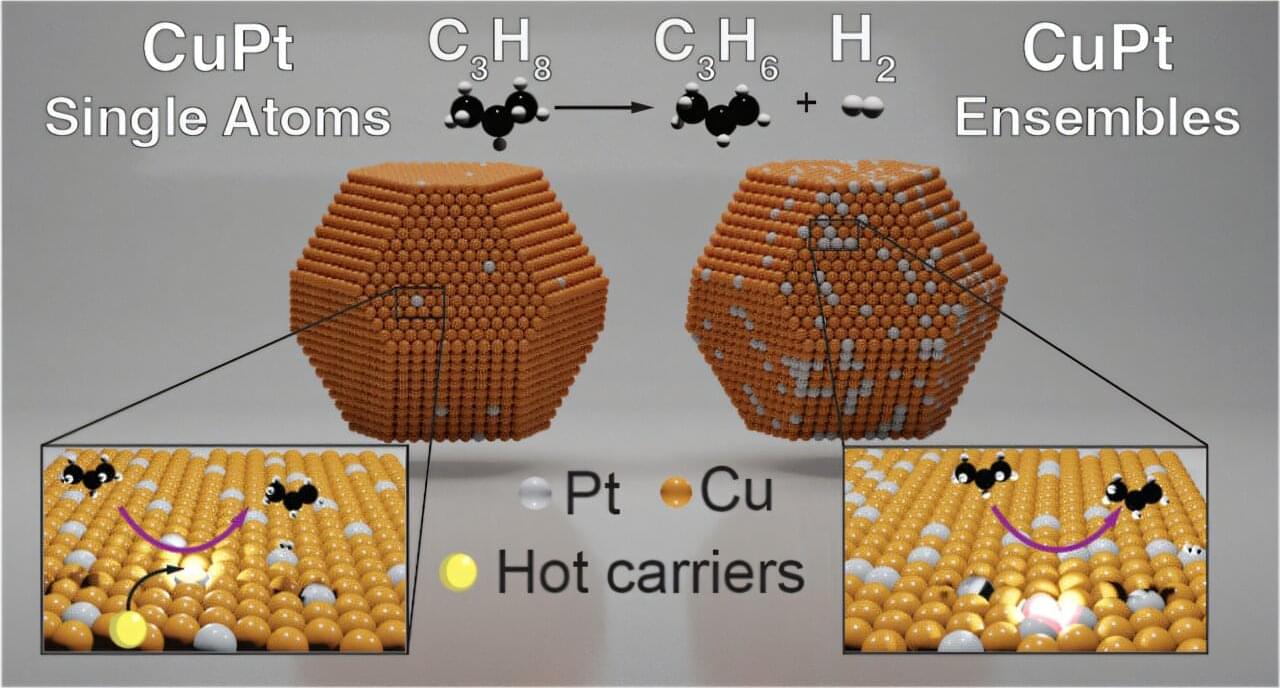
More than 150 million metric tons of propylene are produced annually, making it one of the most widespread chemicals used in the chemical industry.
Propylene is the basis for polypropylene, a polymer used in everything from medical devices to packaging to household goods. But most propylene is produced through steam cracking, a high-energy process that uses heat to break down crude oil into smaller hydrocarbons.
Now, Northwestern University chemists have found a way to create propylene using light. Their findings show that a nanoengineered photoactive catalyst can make propylene directly through a process called nonoxidative propane dehydrogenation (PDH).
Scientists have identified more than 9,000 of these synthetic chemicals. Study reveals concerning link between everyday household products and childhood c
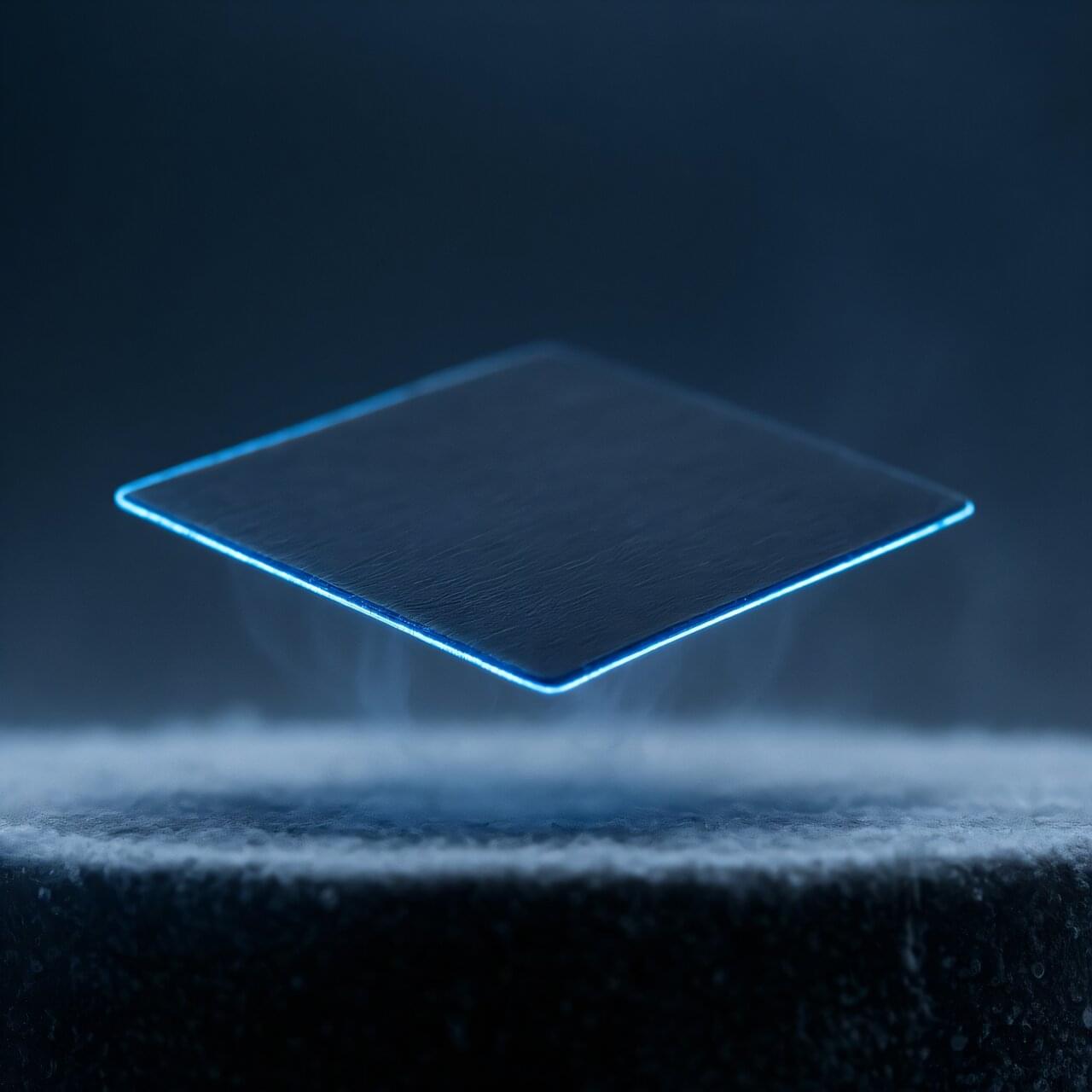
Magnesium is a common chemical element, an alkaline earth metal, which is highly chemically reactive and is very light (even lighter than aluminum). Magnesium is abundant in plants and minerals and plays a role in human physiology and metabolism. In the cosmos, it is produced by large aging stars.
Among its physical properties, while it is a good conductor of electricity, magnesium is not known to be a superconductor. Superconductors are particularly promising materials with the potential to revolutionize energy transmission, medical imaging, and quantum computing, and are defined by their ability to conduct electricity without resistance below a certain critical temperature.
Recently, with my colleague Giovanni Ummarino from Turin Polytechnic, I have started challenging the textbook paradigm that states only certain elements in the periodic table can be superconductors. In particular, my colleague and I have shown that the phenomenon of quantum confinement can turn non-superconducting elements into superconductors. Our research is published in Condensed Matter.
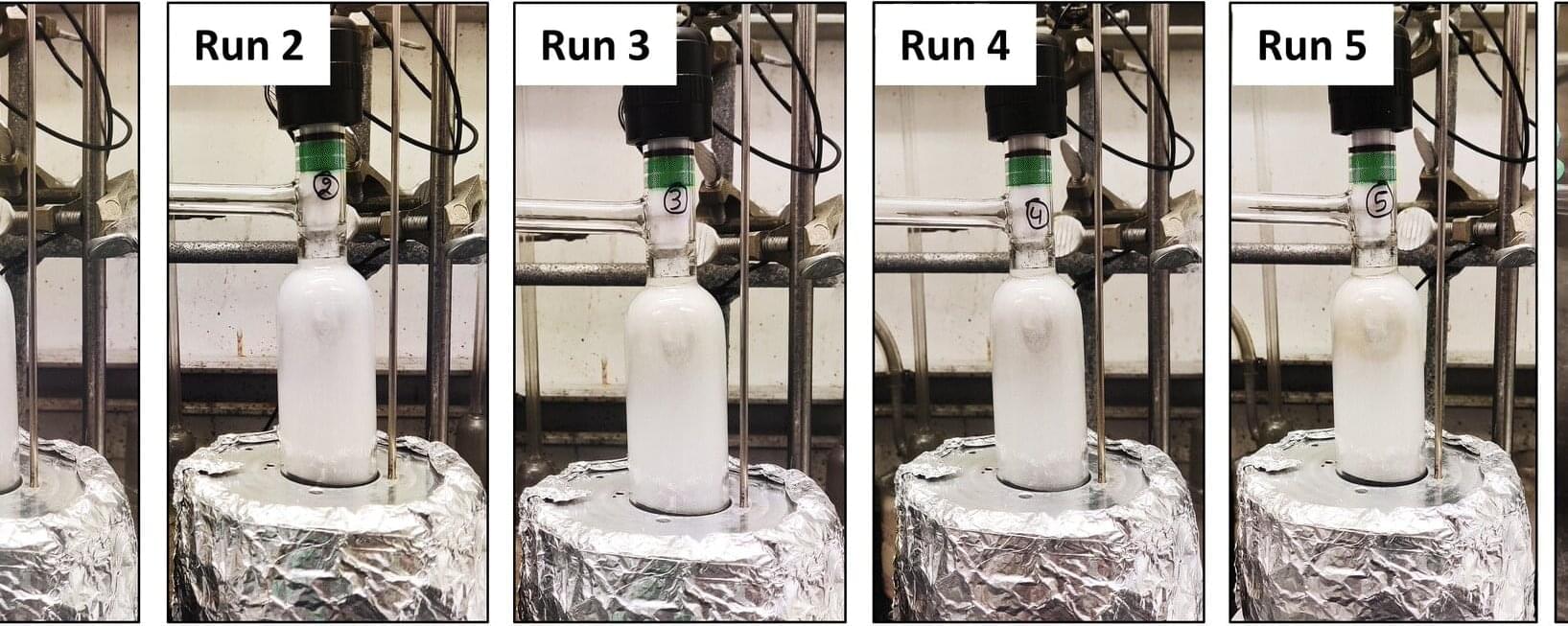
Harnessing moisture from air, Northwestern University chemists have developed a simple new method for breaking down plastic waste.
The non-toxic, environmentally friendly, solvent-free process first uses an inexpensive catalyst to break apart the bonds in polyethylene terephthalate (PET), the most common plastic in the polyester family. Then, the researchers merely expose the broken pieces to ambient air. Leveraging the trace amounts of moisture in air, the broken-down PET is converted into monomers—the crucial building blocks for plastics. From there, the researchers envision the monomers could be recycled into new PET products or other, more valuable materials.
Safer, cleaner, cheaper and more sustainable than current plastic recycling methods, the new technique offers a promising path toward creating a circular economy for plastics. The study was recently published in Green Chemistry.
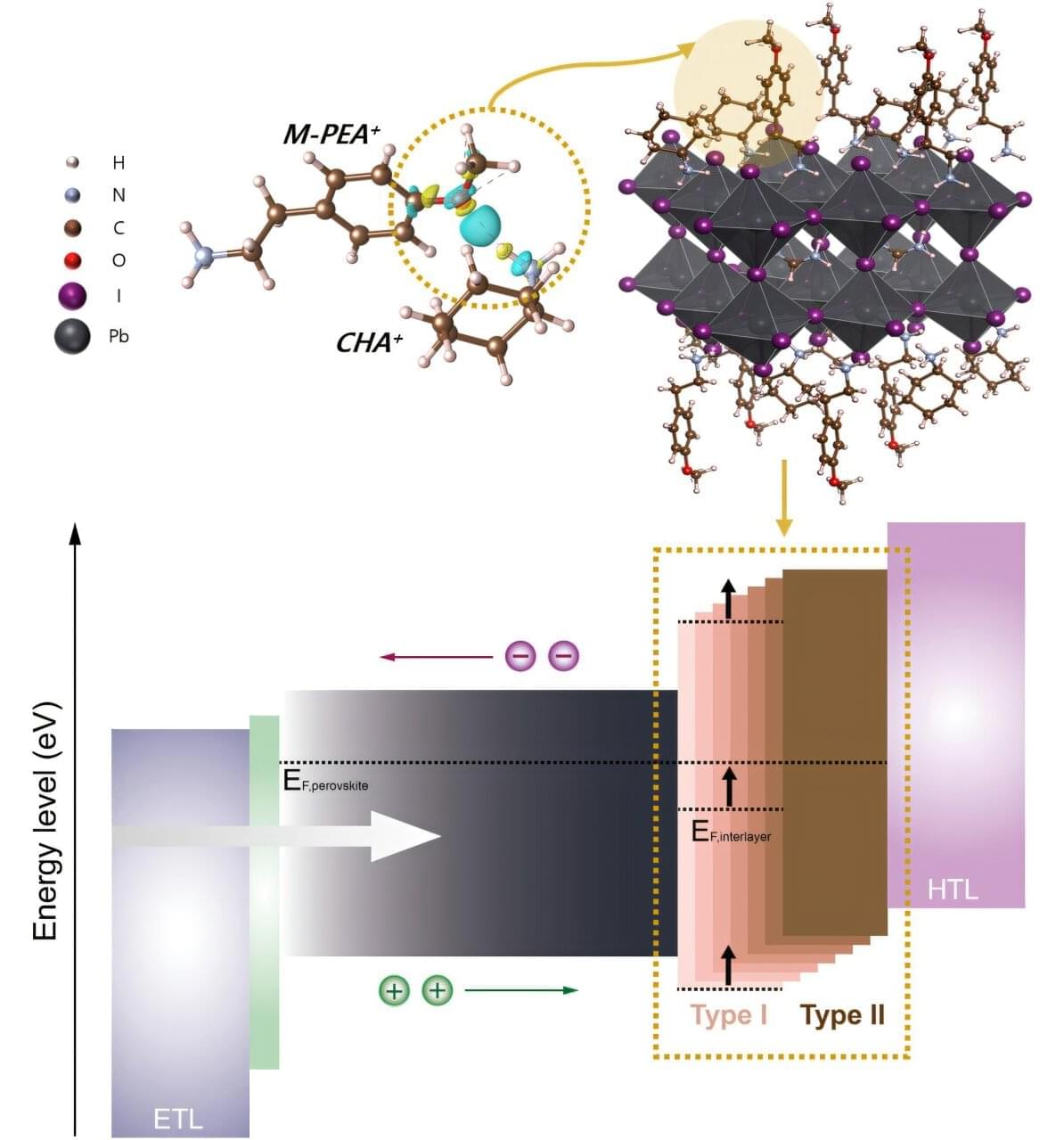
Unlike conventional silicon-based solar cells, perovskite solar cells (PSCs) are not only thin and lightweight, but can also be seamlessly applied to curved surfaces, like building facades and vehicle roofs. What’s more, they can be easily manufactured at room temperature using a solution process, leading to significantly reduced production costs.
However, for PSCs to achieve commercialization, it is crucial to develop technologies that maintain high efficiency over extended periods. A research team affiliated with UNIST has successfully made strides in this area. Their work is published in the journal Joule.
Professor Sang Il Seok of the School of Energy and Chemical Engineering at UNIST, along with researchers Jongbeom Kim and Jaewang Park, has developed an interlayer that leverages the specificity of organic cations on the surface of PSCs, simultaneously achieving high-efficiency and durability.
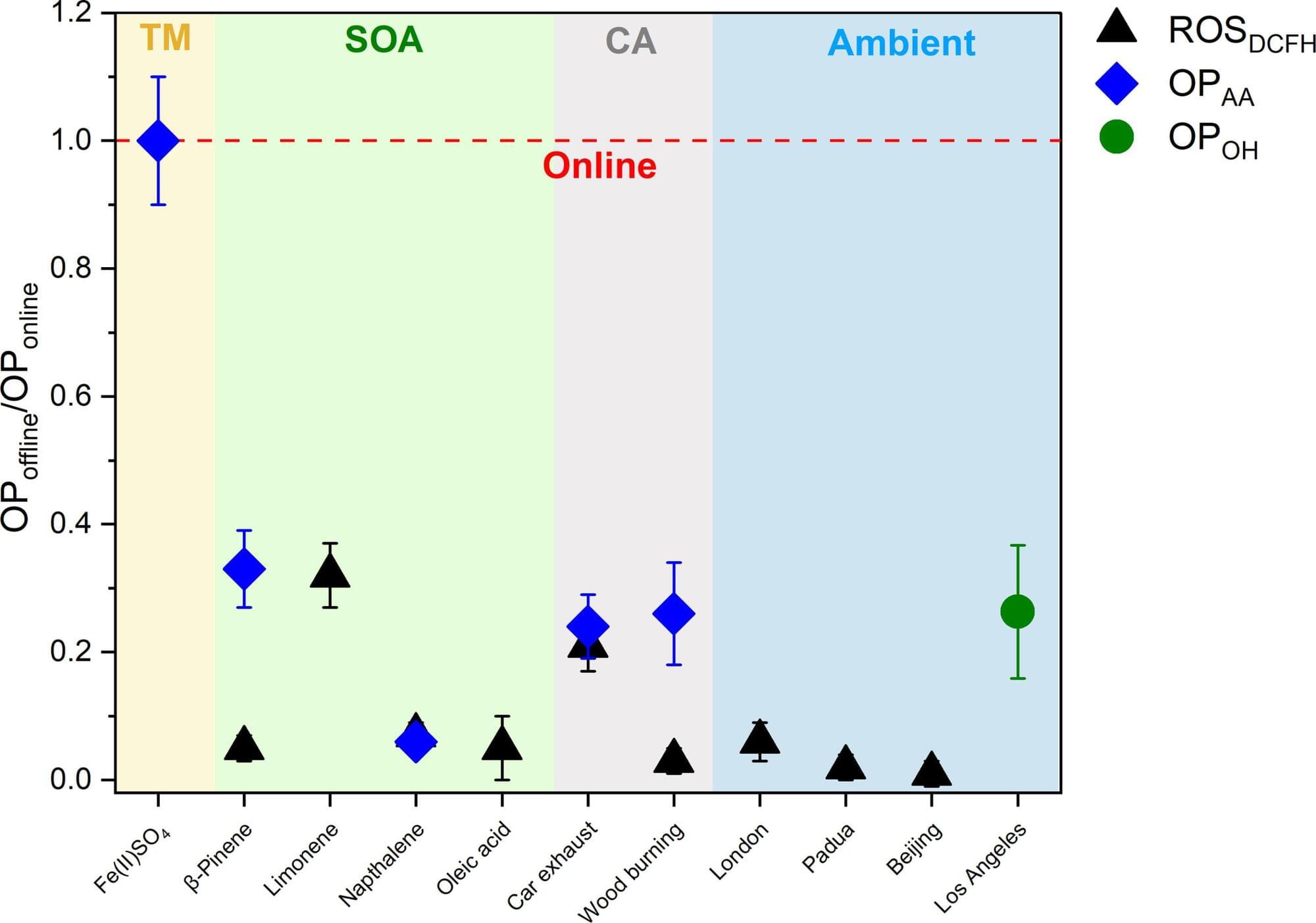
People breathing contaminated air over the course of years are at greater risk of developing numerous diseases. This is thought to be due to highly reactive components in particulate matter, which affect biological processes in the body. However, researchers from the University of Basel, Switzerland, have now shown that precisely these components disappear within hours and that previous measurements therefore completely underestimate the quantities in which they are present.
From chronic respiratory problems to cardiovascular diseases, diabetes and dementia, health damage caused by particulate matter air pollution is wide-ranging and serious. The World Health Organization (WHO) estimates that over six million deaths a year are caused by increased exposure to particulate matter.
The chemical composition of these tiny particles in the air, which come from a wide range of both anthropogenic and natural sources, is highly complex. Which particles trigger which reactions and long-term diseases in the body is the subject of intensive research.
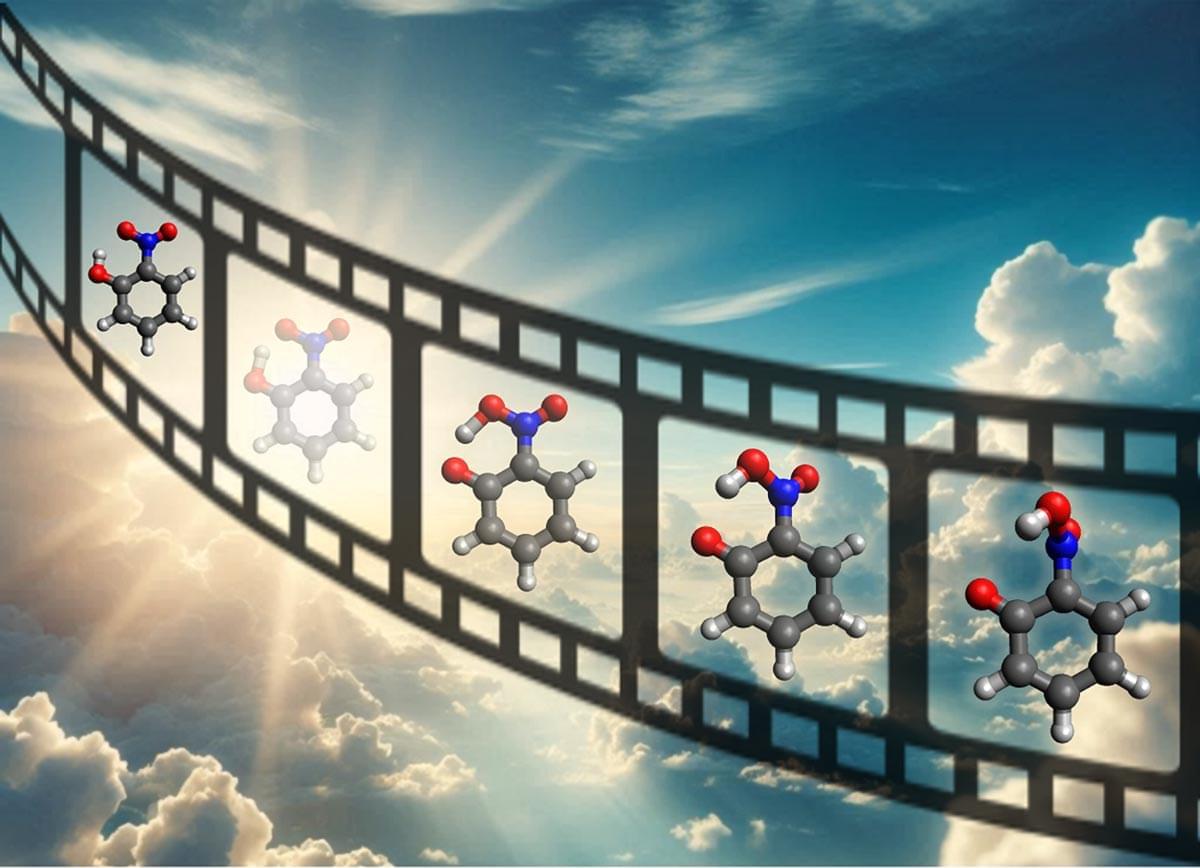
The interactions between light and nitroaromatic hydrocarbon molecules have important implications for chemical processes in our atmosphere that can lead to smog and pollution. However, changes in molecular geometry due to interactions with light can be very difficult to measure because they occur at sub-Angstrom length scales (less than a tenth of a billionth of a meter) and femtosecond time scales (one millionth of a billionth of a second).
The relativistic ultrafast electron diffraction (UED) instrument at the Linac Coherent Light Source (LCLS) at SLAC National Accelerator Laboratory provides the necessary spatial and time resolution to observe these ultrasmall and ultrafast motions. The LCLS is a Department of Energy (DOE) Office of Science light source user facility.
In this research, scientists used UED to observe the relaxation of photoexcited o–nitrophenol. Then, they used a genetic structure fitting algorithm to extract new information about small changes in the molecular shape from the UED data that were imperceptible in previous studies. Specifically, the experiment resolved the key processes in the relaxation of o-nitrophenol: proton transfer and deplanarization (i.e., a rotation of part of the molecule out of the molecular plane). Ab-initio multiple spawning simulations confirmed the experimental findings. The results provide new insights into proton transfer-mediated relaxation and pave the way for studies of proton transfer in more complex systems.
